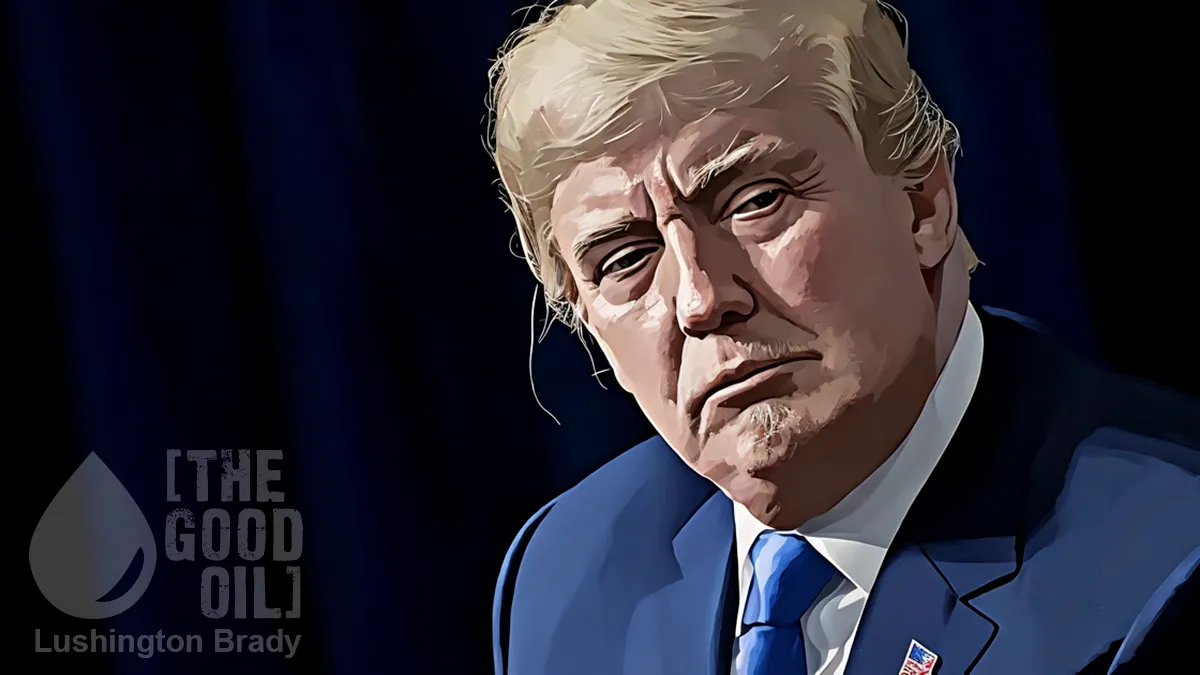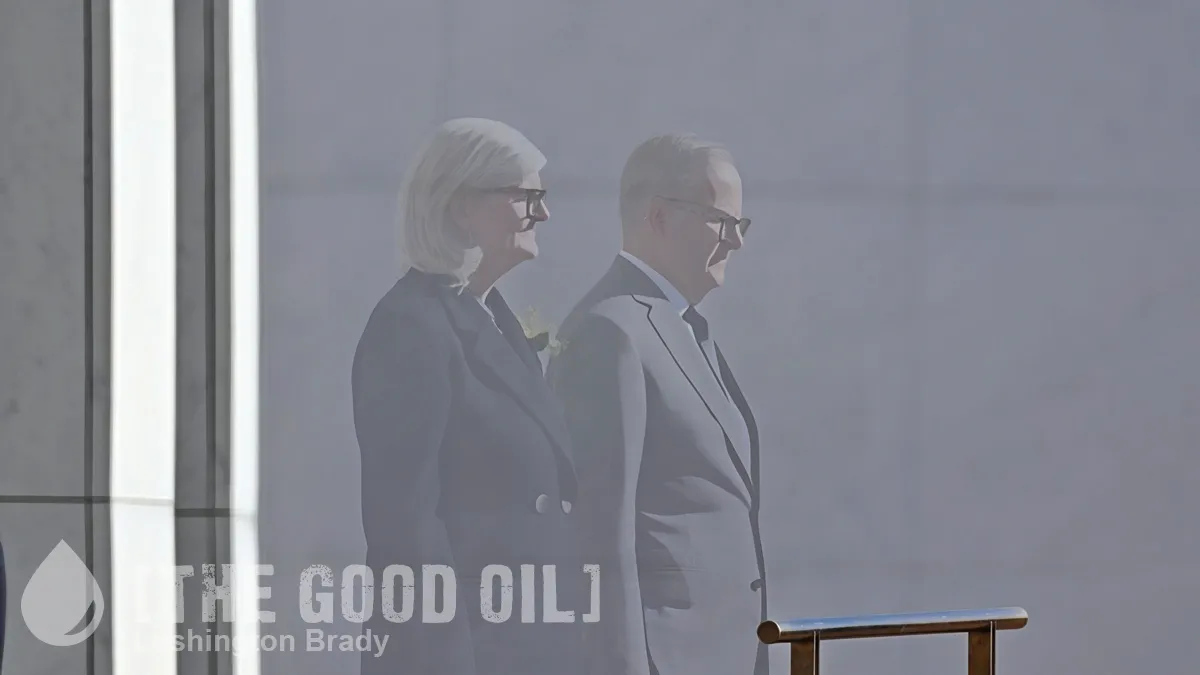Republished with Permission
Author: Peter Allan Williams https://peterallanwilliams.substack.com/
Writer and broadcaster for half a century. Now watching from the sidelines although verbalising thoughts on www.reality check.radio three days a week.
The United States is a country I’ve been quite familiar with over the last half century.
As a 17- and 18-year-old, I spent a year living and going to high school in upstate New York. Subsequently I’ve visited the country countless times for work and pleasure.
I write this at Los Angeles airport in the hours before our final flight home after a month overseas, the last week of which has been in the US, particularly around New York City and the north east.
What has been an absolute shock this time has been the sheer cost of just existing. The US has been an expensive country for us to visit since we floated the dollar in 1984 and the exchange rate for a New Zealand dollar has usually been in the 55 to 65 cents US range.
(When I first came here in 1971, a New Zealand dollar was actually worth more than a greenback. Ah, the days of a government controlled currency!)
But beyond the reality of needing around $NZ1.74 to pay for one US dollar, the extraordinary aspect of spending money here is the ‘plus, plus’ mentality you have to adjust to. In reality, the advised price of a good or service is actually nothing more than an opening bid.
The place has virtually gone cashless too. I went into a bakery and café on West 36th in New York this morning to get some breakfast.
A small bottle of orange juice, a pottle of yoghurt and blueberries, a scone and a coffee came to $23.50. Sales tax at 8.87 per cent took the total to $25.59. I offered the cashier a $50 bill. She refused because “we can’t take bills that large” despite them only needing to provide $24.41 change.
So once again I tapped the very much used Wise card, the Visa-affiliated system which has better exchange rates and lower fees.
Then came the killer. Would I like to add a tip?
The options presented were 18, 20, or 22 per cent. Oh, and no tip at all. I was feeling somewhat annoyed at them not taking cash so I evoked my innermost stinginess and gave them no more.
On what planet should you be expected to add another 20 per cent for a service at the till which has lasted no more than 30 seconds and which fell short of my expectations?
(In case you were calculating that modest takeout breakfast which I ate on a bench at the Penn Station subway came to $NZ43.61. Like I say, it’s expensive to eat in this country.)
Even the locals are getting frustrated with the tipping system. I stayed a night with my host brother from the family I lived with 52 years ago. He reckons that tipping arrangements have increased significantly since the Covid days when businesses throughout the Western world were put under severe financial pressure.
My recollection of having lived and visited the US often is that tipping was always expected to be in the 10 to 15 per cent range. Nowadays the minimum seems to be 18 with at least 20 per cent expected – if not required, morally anyway – for any hospitality experience at a bar or restaurant. That means a night out in New York for which the bill might be $100 will be $108.87 with tax and $130.64 after a 20 per cent tip.
What’s worse is that you’re now being offered the chance to tip when you buy something as small as a bottle of soda from the chiller at a café. Who seriously would add anything more to that purchase when the transaction at the till is just a few seconds in duration?
It begs the question – why don’t the prices quoted for the goods and services just include everything? It makes you appreciate the “all inclusive” New Zealand system where tax and service are included in the bill, unless you’re feeling particularly generous or impressed by your service.
The irony is that whereas food-service workers not that long ago had an hourly wage in single digits, nowadays in New York it’s $16 per hour, although employers can pay that through a combination of a cash wage and a “tip allowance”.
In California the minimum wage for fast-food workers in large chains like McDonald’s is now $20 per hour. I can’t comment on whether you’re expected to add a tip to your Big Mac and fries order in LA because I haven’t bought any, but it wouldn’t surprise me.
In my mind, tipping has always been a rort. Historically it’s always been a completely discretionary payment and a way for low waged hospitality workers to make some extra untaxed dollars. Nowadays in the US it’s more than just expected, it’s essentially an unwritten compulsion and is taxed anyway.
That it’s adding at least 20 per cent to virtually every over-the-counter food and drink transaction means that for unwary travellers from non-tipping nations like New Zealand, a US holiday will stretch many a wallet.
The practice has thankfully largely escaped life and business in New Zealand. Long may that attitude prevail.
But the high cost of eating here doesn’t appear to be putting off Kiwis from visiting. Air New Zealand has two Los Angeles to Auckland flights tonight. Yes, it’s great that American tourists are going to visit us, but two planes on the ground here at LAX suggests a lot of us are still keen on a visit to the land of the free and home of the brave.
And the home of the 20 per cent tip.
This article was originally published on the author’s Substack.








